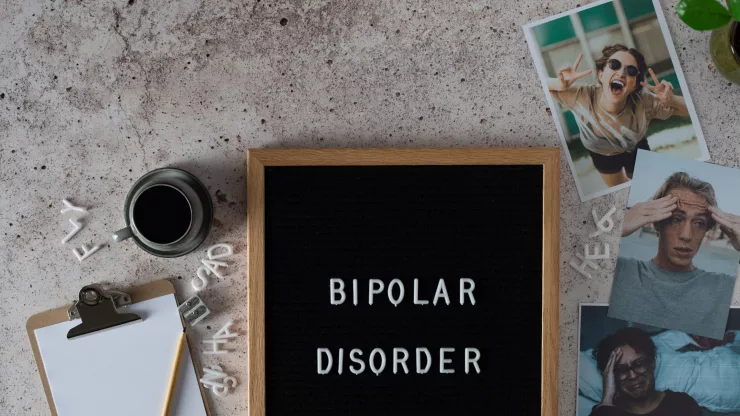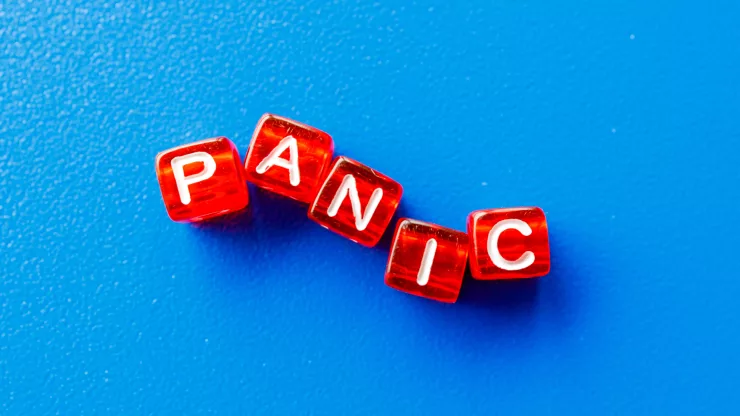Understanding Panic Disorder
Panic disorder is a mental health condition that is characterized by recurring and unexpected panic attacks. Panic attacks are intense episodes of fear and anxiety that can be accompanied by physical symptoms such as chest pain, shortness of breath, and rapid heartbeat. Panic disorder affects approximately 2-3% of the population and can be debilitating if left untreated.
Fortunately, there are many strategies that individuals with panic disorder can use to improve their well-being and manage their symptoms.
These strategies include mindfulness and meditation, physical exercise, building a support network, cognitive-behavioral therapy, relaxation techniques, and self-care.
By incorporating these strategies into their daily lives, individuals with panic disorder can reduce their symptoms and improve their overall quality of life.
Jump to Section
Importance of Well-being for Panic Disorder
Well-being is critical for individuals with panic disorder, as it can help them manage their symptoms and improve their overall quality of life.
When individuals with panic disorder prioritize their well-being, they are better equipped to cope with the challenges associated with this condition.
They are also more likely to experience positive emotions and feel a sense of purpose and meaning in their lives.
There are many ways that individuals with panic disorder can improve their well-being. These strategies include mindfulness and meditation, physical exercise, building a support network, cognitive-behavioral therapy, relaxation techniques, and self-care.
By incorporating these strategies into their daily lives, individuals with panic disorder can experience improved mental health, reduced symptoms, and an increased sense of well-being.
Mindfulness and Meditation for Calming the Mind
Mindfulness and meditation are powerful tools for individuals with panic disorder. These practices involve focusing on the present moment and cultivating a sense of calm and relaxation.
When individuals with panic disorder practice mindfulness and meditation, they can reduce their symptoms and improve their overall sense of well-being.
There are many different types of mindfulness and meditation practices, including guided meditations, mindfulness exercises, and breathing techniques.
Apps such as Headspace and Calm can be helpful for individuals who are new to these practices.
By incorporating mindfulness and meditation into their daily routines, individuals with panic disorder can reduce their anxiety and improve their mental health.
Physical Exercise to Reduce Anxiety Symptoms
Physical exercise is a powerful tool for reducing anxiety symptoms in individuals with panic disorder. Exercise releases endorphins, which are natural chemicals in the body that promote feelings of happiness and well-being.
Exercise also reduces stress and tension in the body, which can help individuals with panic disorder feel more relaxed and calm.
There are many different types of exercise that individuals with panic disorder can engage in, including walking, running, swimming, and yoga.
It is important for individuals to choose an exercise that they enjoy and that they can incorporate into their daily routine.
By engaging in regular physical exercise, individuals with panic disorder can reduce their anxiety symptoms and improve their overall well-being.
Building a Support Network for Emotional Support
Building a support network is critical for individuals with panic disorder. A support network can provide emotional support, practical assistance, and a sense of connection and belonging.
It is important for individuals with panic disorder to reach out to friends, family members, and mental health professionals for support.
There are many different ways that individuals with panic disorder can build a support network. They can join support groups, attend therapy sessions, and connect with others who have similar experiences.
It is important for individuals to be open and honest about their experiences with panic disorder and to seek out the support that they need.
Cognitive Behavioral Therapy for Panic Disorder
Cognitive-behavioral therapy (CBT) is a type of therapy that is often used to treat panic disorder. CBT helps individuals identify and change negative thought patterns and behaviors that contribute to their symptoms.
CBT can be conducted with a therapist or through self-help materials.
There are many different techniques that are used in CBT, including exposure therapy, cognitive restructuring, and relaxation training. CBT can be a highly effective treatment for panic disorder, and individuals who engage in this type of therapy often experience significant improvements in their symptoms and overall well-being.
Relaxation Techniques to Manage Panic Attacks
Relaxation techniques can be helpful for individuals with panic disorder who experience panic attacks.
These techniques involve focusing on the breath and cultivating a sense of calm and relaxation.
When individuals with panic disorder practice relaxation techniques, they can reduce the intensity and duration of their panic attacks.
There are many different relaxation techniques that individuals with panic disorder can use, including deep breathing, progressive muscle relaxation, and visualization techniques. It is important for individuals to practice these techniques regularly so that they can use them effectively when they experience a panic attack.
Self-Care for Improved Mental Health
Self-care is critical for individuals with panic disorder. Self-care involves taking care of one’s physical, emotional, and mental health.
When individuals with panic disorder prioritize self-care, they can reduce their symptoms and improve their overall well-being.
There are many different self-care practices that individuals with panic disorder can engage in, including getting enough sleep, eating a healthy diet, practicing good hygiene, and engaging in activities that bring joy and pleasure. It is important for individuals to prioritize self-care and to make it a regular part of their daily routine.
FAQ
What is panic disorder?
Panic disorder is a mental health condition that is characterized by recurring and unexpected panic attacks.
What are some strategies that individuals with panic disorder can use to improve their well-being?
Some strategies that individuals with panic disorder can use to improve their well-being include mindfulness and meditation, physical exercise, building a support network, cognitive-behavioral therapy, relaxation techniques, and self-care.
What is cognitive-behavioral therapy?
Cognitive-behavioral therapy (CBT) is a type of therapy that is often used to treat panic disorder. CBT helps individuals identify and change negative thought patterns and behaviors that contribute to their symptoms.
What are some relaxation techniques that individuals with panic disorder can use to manage panic attacks?
Some relaxation techniques that individuals with panic disorder can use to manage panic attacks include deep breathing, progressive muscle relaxation, and visualization techniques.
Why is self-care important for individuals with panic disorder?
Self-care is important for individuals with panic disorder because it can help them manage their symptoms and improve their overall well-being. When individuals with panic disorder prioritize self-care, they are better equipped to cope with the challenges associated with this condition.

With a deep passion for personal development, Ben has dedicated his career to inspiring and guiding others on their journey towards self-improvement.
His love for learning and sharing knowledge about personal growth strategies, mindfulness, and goal-setting principles has led him to create My Virtual Life Coach.
Contact Ben at [email protected] for assistance.




